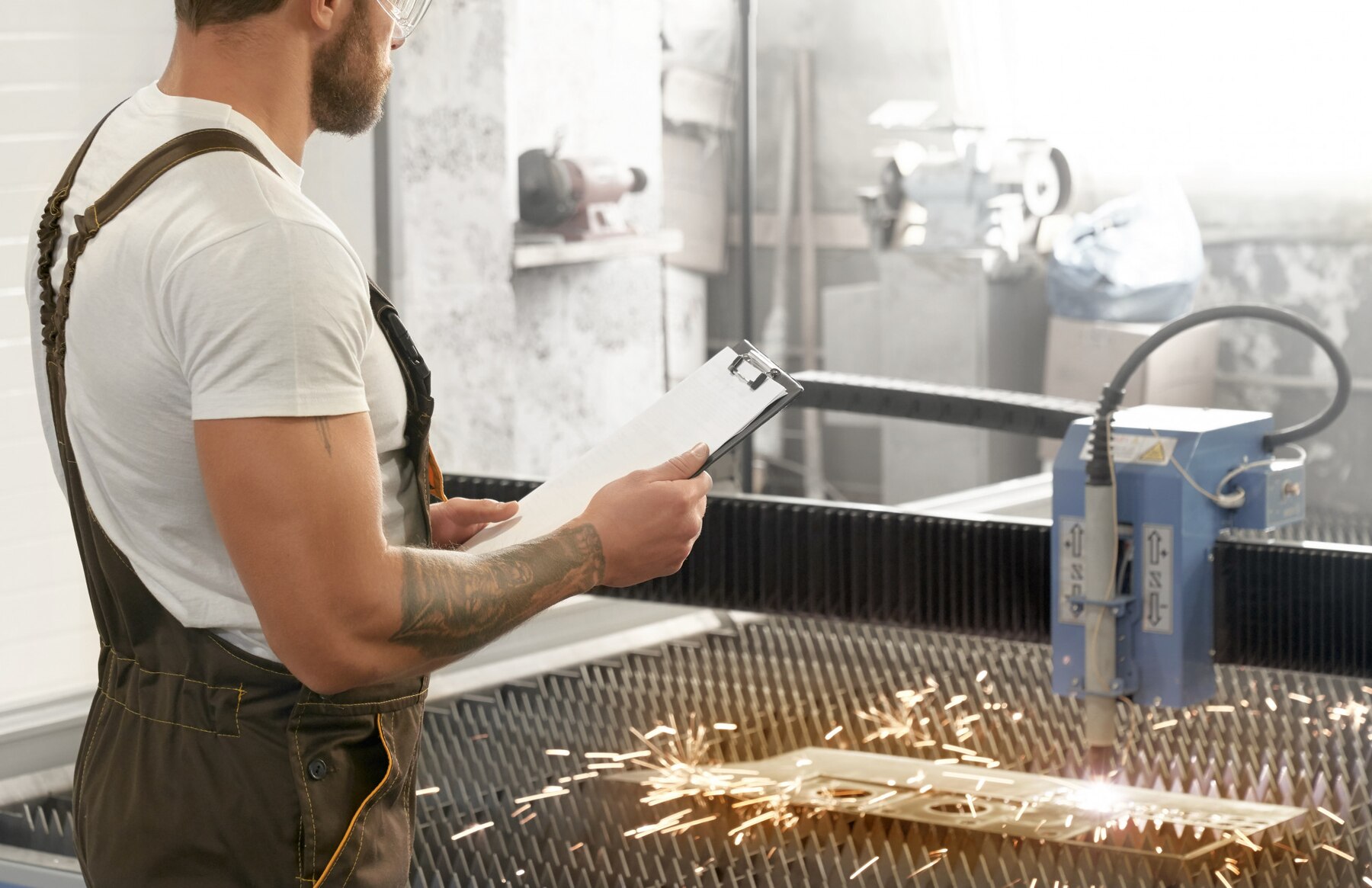CNC (Computer Numerical Control) machining is a revolutionary process that has transformed modern manufacturing. From intricate parts to large industrial components, CNC machines are used to create precise and complex designs with high accuracy. Whether you are a manufacturer looking to optimize production or an individual looking to understand CNC machining, this guide will walk you through the essential steps in CNC machining and how it is crucial for precision manufacturing.
Understanding CNC Machining: The Basics of the Process
The first step in CNC machining is understanding the fundamental concepts behind the process. CNC machining involves using computer-controlled machines to remove material from a workpiece. The machine follows instructions given through a program to shape the material into the desired design. These machines can be lathes, mills, routers, or grinders, each specializing in different tasks.
The machines are equipped with a variety of cutting tools, and their movement is controlled via a digital interface. The program used for CNC machining is typically a G-code, which provides precise instructions on how the tool should move and cut the material. This allows for highly accurate and repeatable results, making CNC machining an ideal choice for industries requiring tight tolerances and complex geometries.
Preparing the Design and CAD Modeling for CNC Machining
Before CNC machining can begin, a detailed design or blueprint of the part must be created. This is typically done using CAD (Computer-Aided Design) software, which allows engineers to create a digital representation of the part. CAD models are highly detailed and specify dimensions, materials, and tolerances, which are crucial for ensuring the precision of the final product.
Once the design is complete, it is then converted into a format that can be read by the CNC machine. This conversion process involves generating a toolpath using CAM (Computer-Aided Manufacturing) software. The toolpath defines the sequence of movements the CNC machine will follow to create the part. The quality of the CAD and CAM models directly influences the precision of the finished product, highlighting the importance of accurate design preparation in the CNC machining process.
Selecting the Right Material for CNC Machining
Selecting the right material for CNC machining is critical to the success of the project. Different materials, such as metals, plastics, and composites, each have unique properties that influence their machinability. For example, aluminum is lightweight and easy to machine, while stainless steel is more difficult but provides superior strength and corrosion resistance.
When choosing a material, considerations such as strength, weight, durability, and cost must be taken into account. Additionally, the material’s compatibility with the machining process is crucial. Materials like titanium or superalloys may require specialized tools or machining techniques due to their hardness. The choice of material also affects the final part’s performance, making material selection a key decision in CNC machining.
Setting Up the CNC Machine and Workpiece
After the design and material are ready, the next step is to set up the CNC machine. This involves placing the workpiece onto the machine’s bed and securing it in place using clamps or fixtures. The workpiece must be aligned precisely to ensure that the cutting tool follows the correct path during the machining process.
Once the workpiece is secured, the appropriate cutting tools are chosen based on the material and the desired cut. These tools are then installed onto the CNC machine, and the machine is calibrated to ensure accurate movement. During setup, it’s essential to verify that all the parameters are correct, such as tool speed, feed rates, and cutting depths. Any discrepancies at this stage can result in inaccuracies in the finished product.
Running the CNC Machine and Post-Processing
With the CNC machine set up, the program is loaded, and the machining process can begin. The machine follows the pre-programmed toolpath, making precise cuts as dictated by the CAD design. Throughout the machining process, it is crucial to monitor the machine for any issues that may arise, such as tool wear, misalignment, or overheating.
Once the machining process is complete, post-processing may be necessary to achieve the final specifications. This can include deburring, surface finishing, or additional machining steps to improve the surface quality and remove any imperfections. After post-processing, the final product is inspected for accuracy, ensuring that it meets the required tolerances. Only once this is confirmed can the part be considered ready for use in its intended application.
Conclusion
CNC machining is an integral part of modern manufacturing, providing precision, repeatability, and efficiency in creating complex parts. From understanding the basics to selecting the right material and ensuring the setup is accurate, every step of the CNC machining process plays a crucial role in producing high-quality products. As technology advances, CNC machining continues to evolve, allowing manufacturers to push the boundaries of precision manufacturing even further. By following this guide to CNC machining, manufacturers can ensure that their production processes are efficient and produce parts that meet the highest standards of quality.




